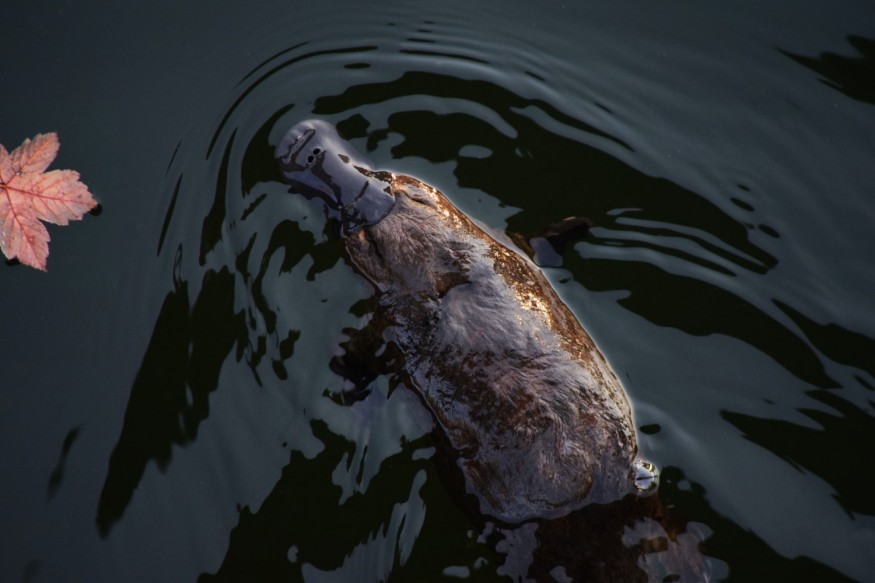
Experts have recently determined the timeframe from when our oldest predecessors transitioned toward being warm-blooded, and it occurred considerably further and much faster than anticipated.
Warm-Blooded Earliest Ancestors
The finding, found by analyzing the microscopic channels of the inner ear, dates the emergence of mammalian warm-bloodedness to roughly 233 million years ago, which is 19 million years down the line than originally believed, Live Science reported.
These segmental channels are packed with endolymph, a sticky liquid that titillates the small filaments bordering the channels as it pours through.
Furthermore, as per Eurekalert, these strands send signals to the nervous system, instructing it on how to maintain the body stable. The honey-like endolymph, such as certain solvents, becomes runnier as it heats up, forcing the auditory tubes to alter form so the liquid can continue to function.
As per experts the ear liquid is windier in ectothermic, or cold-blooded, wildlife and therefore acts very much like treacle and requires larger units to circulate. Endothermic, or warm-blooded, creatures, on the other hand, have a more gloppy mucus and require tight areas.
Study found in an article posted July 20 in the publication Nature that this temperature-based trait frequently makes, semicircular tubes a great site to pinpoint the instant when prehistoric animals' cold blood became hot.
In a press release research co-lead writer Romain David, an associate provost at the Natural History Museum in London, explained that prior recently, semicircular channels were commonly utilized to forecast prehistoric creature movement.
Even so, scientists reasoned that by thoroughly analyzing their biomechanics, authors might likewise employ them to estimate body heat. David added that this is since, resembling syrup, the liquid housed within semicircular channels becomes less sticky [syrupy] when heat rises, influencing performance.
As a result, morphological modifications were necessary to maintain peak results throughout the shift to endothermy, and scientists may follow them in mammal relatives.
Warm-Blooded Mammals
Scientists analyzed three inner ear channel specimens from 341 creatures across the natural world - 243 current taxa and 64 defunct creatures - to determine the chronology of this developmental transition. The report's 54 ancient creatures evolved the small inner ear channel features required for warm-blooded creatures 233 million years ago, according to the findings.
Prior toward the discovery, researchers believe mammals acquired warm-bloodedness via cynodonts, a genus of scaly, rat-like reptiles believed to have obtained warm-bloodedness approximately the period of their initial presentation 252 million years ago. The latest discoveries, nonetheless, show that mammals separated from their ancient forebears quite dramatically than previously thought.
While as shown in recent update by news media website, Scientific American, the abrupt transformation came as a surprise. Heat-resistant ear lobes did not arise subsequently in the geological evidence than experts predicted. It occurred much faster, therefore, appearing simultaneously as the first mammals continues to change whiskers, hair, and unique physical infrastructure.
Likewise, research co-lead researcher Ricardo Arajo, a physicist at the University of Lisbon in Portugal, noted in an announcement that directly opposed to prevailing research thought.
It was not a lengthy, plodding development over tens of millions of years as originally believed, however may have occurred swiftly when activated by novel mammal-like biosynthetic processes and the creation of fur.
Follow-up study will be needed to corroborate the discoveries, although the experts are delighted that their discovery will assist to address one of the most long-standing issues concerning the development of mammals, as per The Conversation.
© 2025 NatureWorldNews.com All rights reserved. Do not reproduce without permission.





